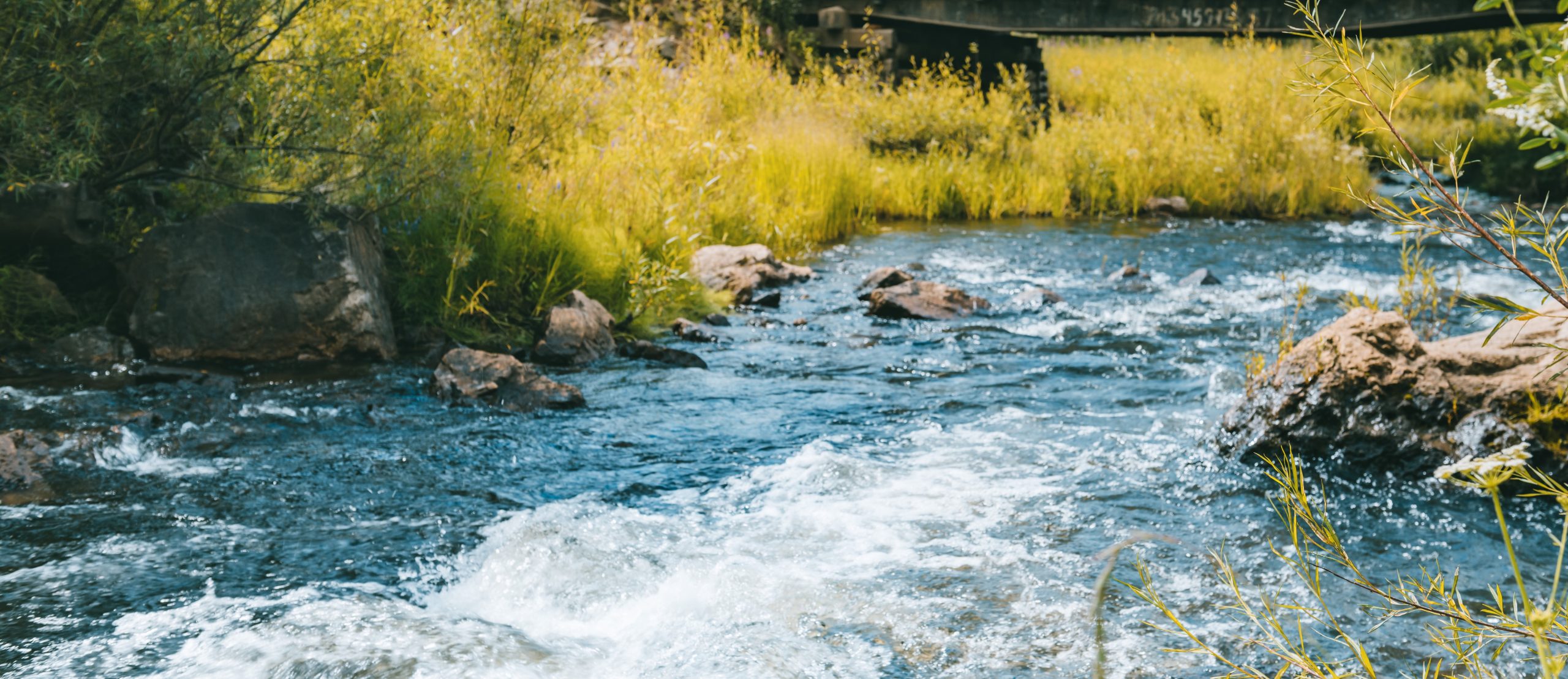Description
- Ideal for use in reducing overexposed scenes, as well as long exposure to add movement in an image
- Density choices include ND 4 (2 stops), ND8 (3 stops), ND16 (4 stops) and ND400 (8.5 stops)
- 95mm diameter and 2mm thick glass
- Includes pre-installed magnetic frame for use with any REVORING with built-in filters
- Double-sided 9 layer coating featuring anti-fingerprint and water-repellent technology
- Effortlessly stack multiple Clip-on filters for increased effect
H&Y REVORING | ND Magnetic Clip-on Filter
H&Y Magnetic ND Clip-on Filter is designed as a cross-polarization cure for wide or ultra-wide angle lenses. Cross polarization is a physical phenomenon on VND filters. While some VND designs will give a smaller range of ND stops to prevent it from happening, H&Y had decided to keep the vast ND range of REVORING with VND&CPL, offering full coverage up to 10-stop for users of telephoto or medium-telephoto lenses. 4 Grades (ND4,8,16,400) are available for 3 sizes of REVORING (46-62mm,58-77mm and 67-82mm).
H&Y Magnetic Clip-on Filter is compactible to REVORING with VND & CPL, REVORING with Black Mist Filter, REVORING with CPL, and other REVORING Variant, as long as there is a non-detachable filter on REVORING. For VND&CPL, a clip-on can be used for cross-polarisation solution or extension of the original 1-10stop ND range. For CPL, a sole ND8.5 can be used to achieve the dreamy long exposure effect. For Black Mist Filter, 2/3/4 stop ND can be used as a range of fixed ND filters as an aid to videography. H&Y aims to provide highly flexible choices for photographers’ hybrid use.
One-Clip Operations

Before and After




What is Neutral Density (ND)?
Photographer: Giovanni Corona
Instead of reducing the ISO to limit light, you can add a Neutral Density filter to limit light, and can then set the shutter speed according to the particular motion desired (blurring water movement, for example) and the aperture set as needed (small aperture for maximal sharpness or large aperture for narrow depth of field (subject in focus and background out of focus). Using your camera, you will see the image right away and can choose the best ND filter to use for the scene being captured by first knowing the best aperture to use for maximal sharpness desired. The shutter speed would be selected by finding the desired blur from subject movement. The camera would be set up for these in manual mode, and then the overall exposure adjusted darker by adjusting either aperture or shutter speed, noting the number of stops needed to bring the exposure to that which is desired. That offset would then be the number of stops needed in the ND filter to use for that scene.

What is Cross-Polarisation?
The Magnetic Clip-on filter was developed with the sole purpose to solve the cross-polarisation problem happened on traditional variable ND filters. Cross Polarisation is a physical phenomenon of all VND filters when paired up with wide angle lens. It makes an obvious “X-pattern” darken on the image. The wider the lens is, the earlier the “X-pattern” starts to appear.
To solve this problem, wide-angle lens users may now use the H&Y magnetic clip-on ND together with the H&Y Revoring VND filters to achieve the higher ND stop with no X-pattern seen. For instance, to use a 16mm lens with 10-stop ND, users can turn the ND level to 1.5 stop (on the Revoring VND filter) and use an extra 8.5 stop (Clip-on ND) to achieve a 10-stop long exposure effect.

**Based on the test results, we came up with the above table as a reference to illustrate the relationship between the focal length and usable ND stops. The actual situation will vary a bit from the reference due to different lens designs and optical structures.

